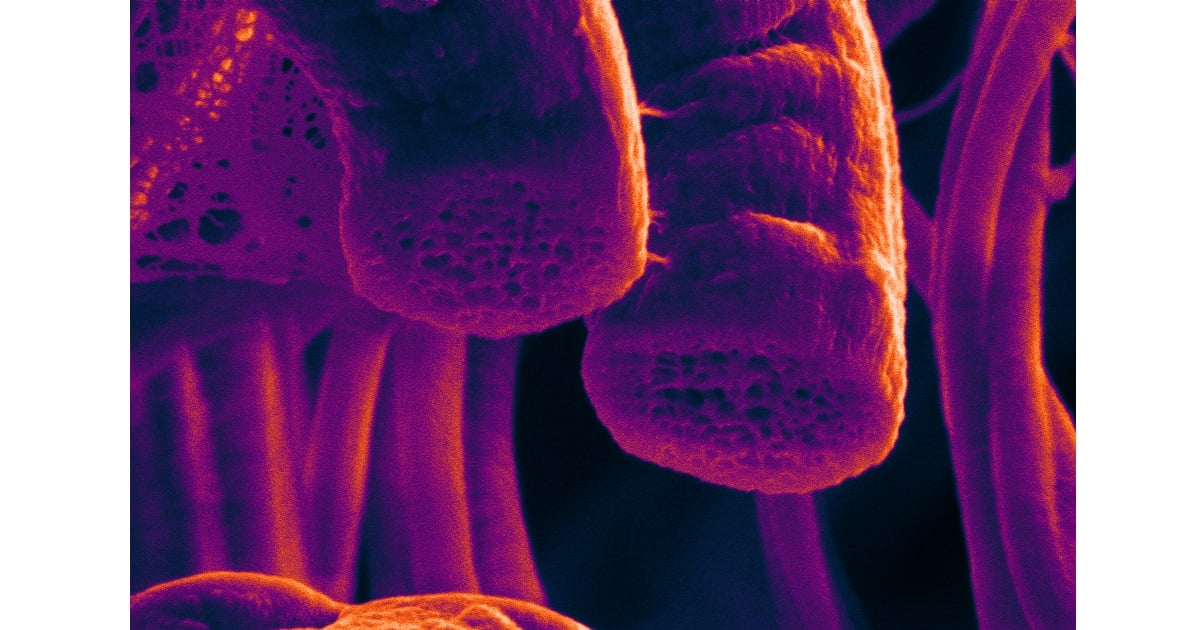Electrospinning Nanofibers
A special issue of Fibers (ISSN 2079-6439).
Deadline for manuscript submissions: closed (31 March 2025) | Viewed by 3842

Special Issue Editor
Interests: material; thin films; surface; microscopy; polymers
Special Issues, Collections and Topics in MDPI journals
Special Issue Information
Dear Colleagues,
Innovations in electrospinning techniques, including multi-jet and coaxial methods, have enabled the production of nanofibers with complex architectures and multifunctional properties. This issue covers a broad range of materials used for electrospinning, from natural and synthetic polymers to inorganic compounds, and highlights their roles in enhancing performance in diverse applications.
Notably, electrospun nanofibers are making significant strides in biomedical fields, such as tissue engineering and drug delivery, by mimicking the extracellular matrix and facilitating the controlled release of therapeutic agents. They also show promise in environmental applications, including water filtration and air purification, as well as in energy technologies, where they contribute to the development of advanced batteries and solar cells. This Special Issue also addresses the future of electrospinning, discussing ongoing challenges and the potential for integrating electrospinning with other manufacturing techniques to further advance the field.
Dr. Dinara Sobola
Guest Editor
Manuscript Submission Information
Manuscripts should be submitted online at www.mdpi.com by registering and logging in to this website. Once you are registered, click here to go to the submission form. Manuscripts can be submitted until the deadline. All submissions that pass pre-check are peer-reviewed. Accepted papers will be published continuously in the journal (as soon as accepted) and will be listed together on the special issue website. Research articles, review articles as well as short communications are invited. For planned papers, a title and short abstract (about 100 words) can be sent to the Editorial Office for announcement on this website.
Submitted manuscripts should not have been published previously, nor be under consideration for publication elsewhere (except conference proceedings papers). All manuscripts are thoroughly refereed through a single-blind peer-review process. A guide for authors and other relevant information for submission of manuscripts is available on the Instructions for Authors page. Fibers is an international peer-reviewed open access monthly journal published by MDPI.
Please visit the Instructions for Authors page before submitting a manuscript. The Article Processing Charge (APC) for publication in this open access journal is 2000 CHF (Swiss Francs). Submitted papers should be well formatted and use good English. Authors may use MDPI's English editing service prior to publication or during author revisions.
Keywords
- electrospinning
- drug delivery systems
- environmental protection
- water filtration
- air purification
- energy storage
- advanced batteries
- solar cells
- coaxial electrospinning
- multi-jet electrospinning
- synthetic polymers
- natural polymers
- inorganic nanomaterials
- controlled release
- nanofiber scaffolds
- functional nanofibers
- composite nanofibers
Benefits of Publishing in a Special Issue
- Ease of navigation: Grouping papers by topic helps scholars navigate broad scope journals more efficiently.
- Greater discoverability: Special Issues support the reach and impact of scientific research. Articles in Special Issues are more discoverable and cited more frequently.
- Expansion of research network: Special Issues facilitate connections among authors, fostering scientific collaborations.
- External promotion: Articles in Special Issues are often promoted through the journal's social media, increasing their visibility.
- Reprint: MDPI Books provides the opportunity to republish successful Special Issues in book format, both online and in print.
Further information on MDPI's Special Issue policies can be found here.





